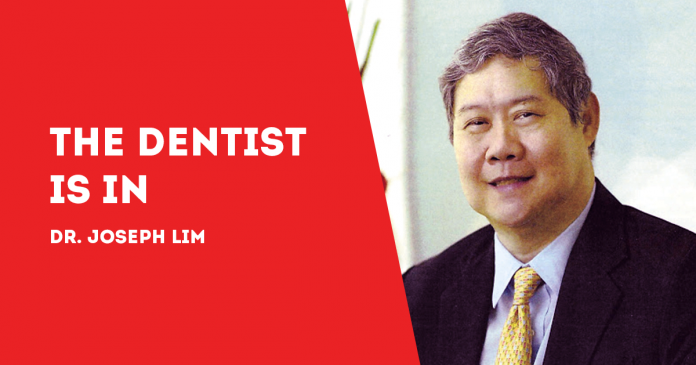
DENTAL care depends on where one lives.
Too often, good oral health care is more common in rich than in poor countries, according to research based on a questionnaire survey conducted among health authorities in the 194 member states of the World Health Organization (WHO).
The study appears in the journal Community Dentistry and Oral Epidemiology.
The study shows there is only one dentist per 152,721 citizens in low-income countries, and one per 13,810 citizens in middle-income countries.
In contrast, there is one dentist per 1,708 citizens in high-income countries.
Thus, a dentist in a poor country takes care of 90 times as many people as dentists in rich countries like Denmark, says Dr. Poul Erik Petersen, Professor Emeritus in the OIdontology Department, University of Copenhagen’s Faculty of Health and Medical Sciences.
“Especially in low-income countries like Burkina Faso and Laos, for example, many people receive no treatment at all. And if they do, it is only in connection with symptoms that may end with extraction of the tooth,” he says.
The study shows that the lack of preventive dental care is a result of poor financial resources, failing political support from governments, limited public health sectors and a shortage of dentists.
For example, half or 52 percent of low-income countries provide schoolchildren with local healthcare. The same is true of 75 percent of high-income countries. Of low-income countries, 43 percent offer emergency treatment, while the same is true of 92 percent of high-income countries.
There are significant differences among rich and poor countries on preventive dental care such as regular dental examinations, information about dental diseases and self-care, diet and nutrition, sugar consumption, tobacco and alcohol, school dental clinics and the use of fluoride against cavities.
“Low- and middle-income countries have seen an explosion in dental and oral diseases, mainly due to the intense increase in consumption of unhealthy food containing a lot of sugar, sugary soft drinks, use of tobacco, and insufficient dental care and ineffective systems,” Dr. Petersen says.
Add to this, he continues, the poor material living conditions in low-income countries “which are a threat to people’s dental and oral health as well as to their state of health in general.”
Dr. Petersen says that by increasing disease prevention and health promotion, “it is possible to avoid pain and discomfort in teeth and mouth, just as the quality of life and function may be improved by saving the natural teeth.”
Dentists today have extensive knowledge of how dental and oral diseases can be prevented, according to the University of Copenhagen in a press statement on the study. “The challenge is to translate this knowledge into practice and thus establish effective dental healthcare and public health programs for all population groups in all countries.”
“We need to strengthen the preventive measures for all age groups and both for poor and rich people,” says Dr. Petersen.
“In the world’s high-income countries, disease prevention is generally aimed at children and young people and only to a minor extent at adults, just as it is fairly modest for senior citizens. There is also a need for clear health policies that gives priority to prevention.”
***
Dr. Joseph D. Lim is the former Associate Dean of the UE College of Dentistry, former Dean of the College of Dentistry, National University, past president and honorary fellow of the Asian Oral Implant Academy, and honorary fellow of the Japan College of Oral Implantologists. Honorary Life Member of Thai Association of Dental Implantology. For questions on dental health, e-mail jdlim2008@gmail.com or text 0917-8591515./PN

